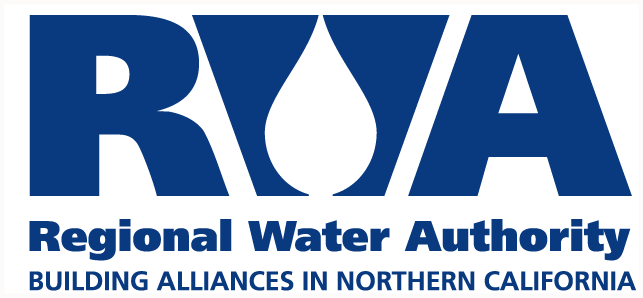Published in the Sacramento Bee on Monday, December 7, 2015
By John Woodling, Special to The Bee
The State Water Resources Control Board meets Monday on potential changes to mandatory water conservation targets should the drought persist into 2016. It needs to correct a significant problem with current targets that unfairly impact California’s inland communities.
When emergency regulations were adopted last spring, time was of the essence. California’s snowpack was at a record low, and with the hot summer months approaching, Gov. Jerry Brown issued an executive order mandating a 25 percent statewide reduction in urban water use.
The water board set eight tiers of conservation targets, ranging from 8 to 36 percent, and assigned some of the highest targets to inland communities. More than a dozen Sacramento area water providers are required to conserve 32 percent or more.
The region responded by reducing water use by 33 percent during June through October this year compared to 2013. This follows a nearly 20 percent reduction under voluntary conservation in 2014, and a longer-term reduction of 20 percent in the region’s per-capita water use in the decade leading up to 2013.
But these reductions have come at a cost.
Most notably, our trees and landscapes suffered as most water agencies limited irrigation to two days per week or less even in hot, dry summer months. Our trees are an important environmental resource, a source of tremendous community pride and a gift from one generation to the next. Many of them are showing signs of severe stress, making them susceptible to pests and disease. Some have died or eventually will — a sad legacy that will extend far beyond this current drought.
The higher conservation targets for inland communities also mean higher financial losses for customers to replace landscaping allowed to go “golden,” increased costs for more robust conservation programs and larger revenue losses for water agencies. Sacramento-area water providers have lost more than $25 million in revenues due to drought this year alone.
Current conservation targets are based on per capita daily residential use during the summer. This broad-brush approach fails to consider critical factors that influence a community’s overall water use and its needs.
In the Sacramento region and other inland communities, that common critical factor is climate. It simply takes more water to keep a tree or plant alive inland. A landscape that is the same in every way will require more water to survive the hot summers of Sacramento or the Inland Empire than cooler coastal cities such as Santa Monica or Santa Cruz.
To ignore this basic fact places a greater burden on inland communities to meet the governor’s 25 percent statewide goal. It sends the message that our trees, landscapes and community green spaces are more expendable than those in coastal communities.
The Regional Water Authority is joining several other water providers from across the state to propose an objective, science-based approach to adjust water conservation targets for climate. Data on the water needs of plants, published by the California Department of Water Resources, provides an impartial and readily available framework for such an adjustment. The proposal makes sense, is equitable and has support from local water providers from across the state. You can learn more about this proposal at the Regional Water Authority’s website.
We are ready to work with the State Water Board to incorporate climate into revised water conservation targets to help preserve our urban forest, remove the undue burden on inland communities and continue conserving during this historic drought and beyond.
John Woodling is executive director of the Regional Water Authority, which represents two dozen water providers and affiliates in the Sacramento area.


